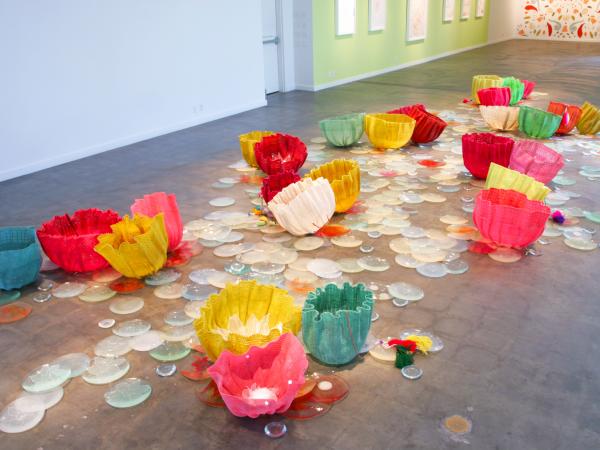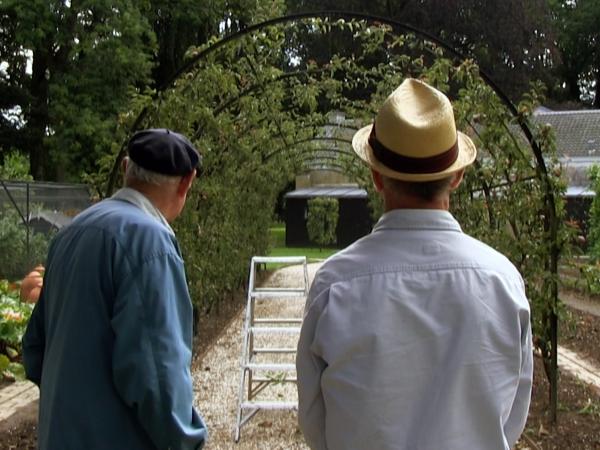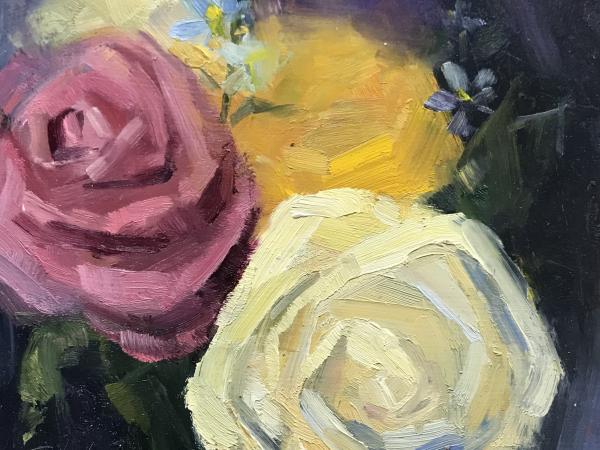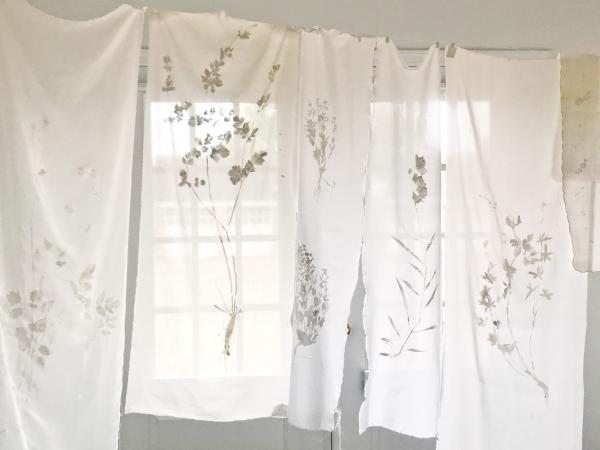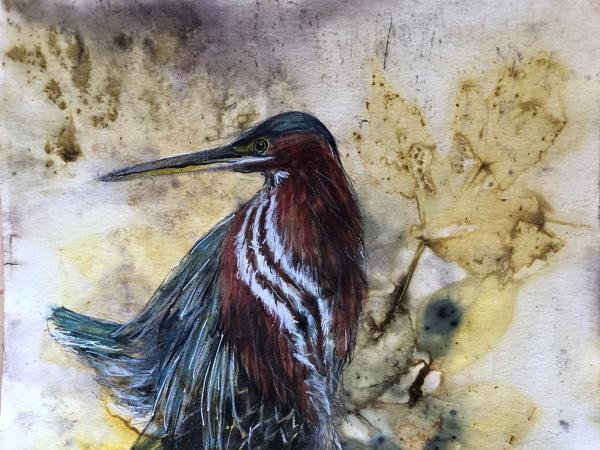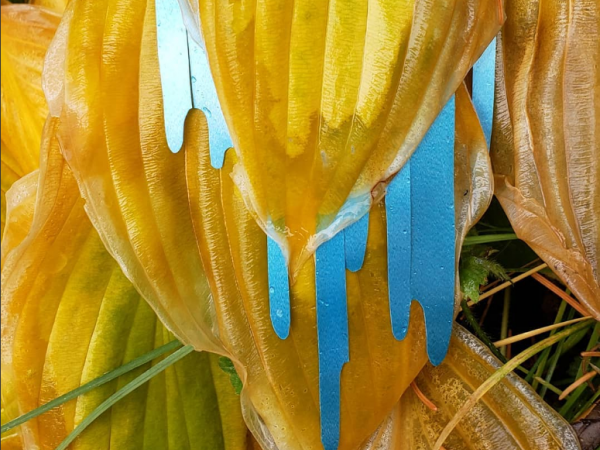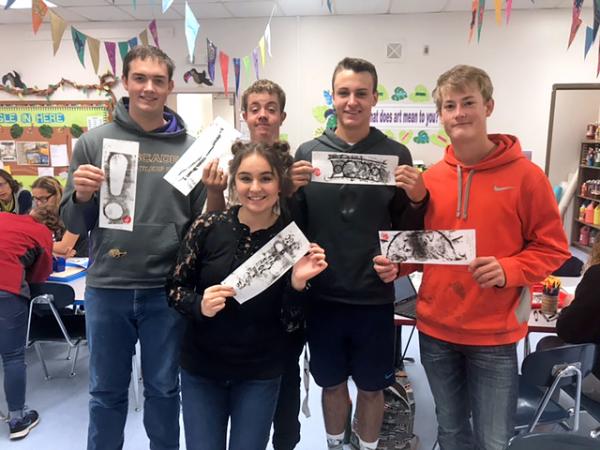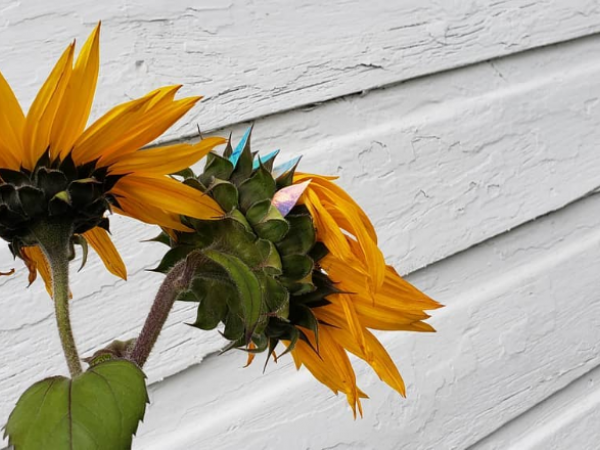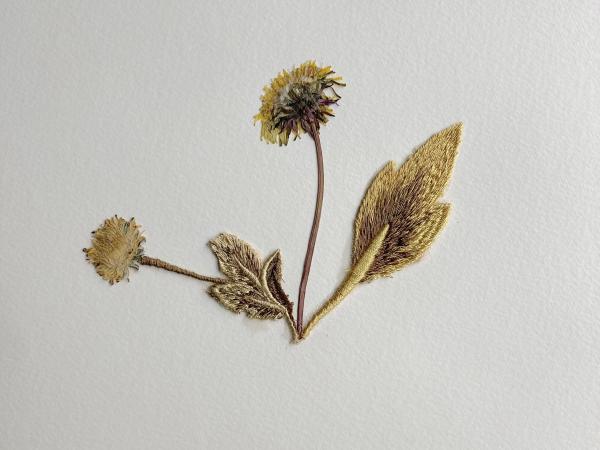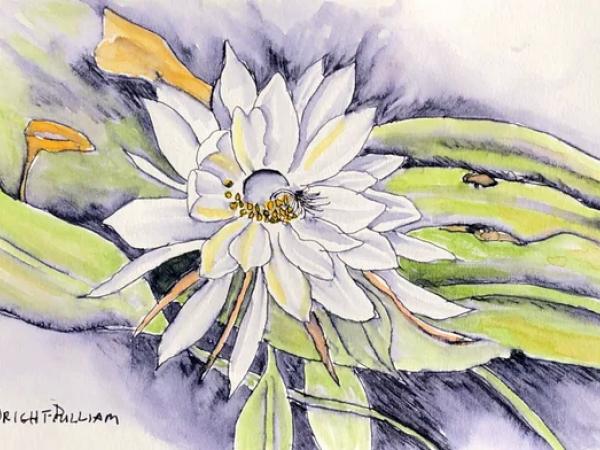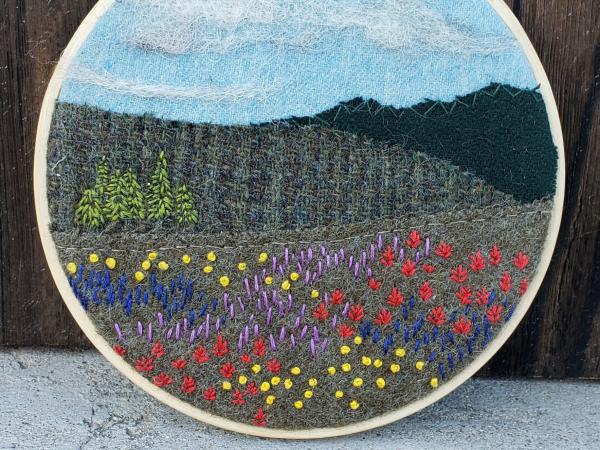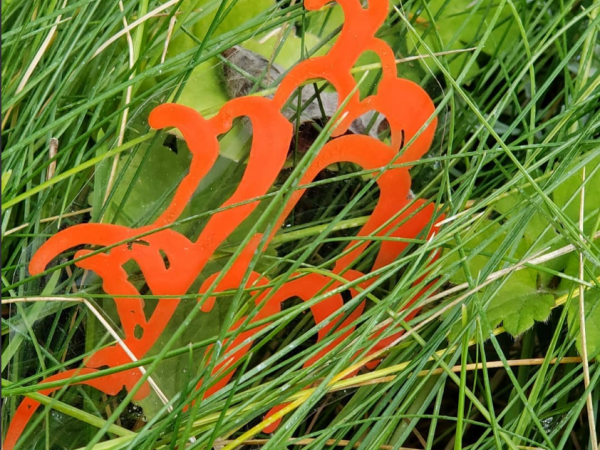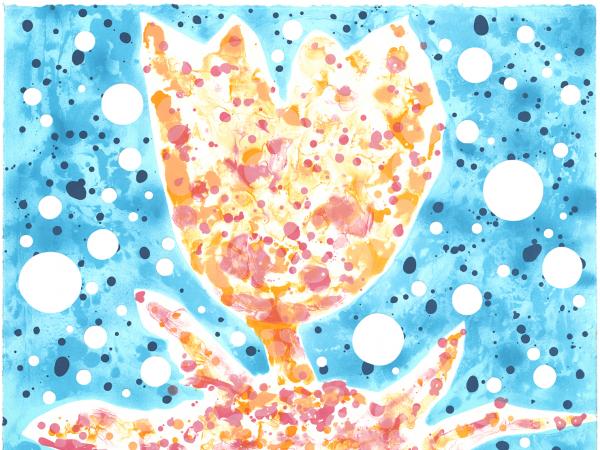MUSEUM EXHIBITION
Denver-based artist Ana María Hernando spent time in the Wood River Valley in the summer of 2021, visiting a variety of gardens and leading a community workshop and film screening. She returns for this exhibition to install a large-scale textile work made in response to her residency. Working with materials like tulle and organza, Hernando creates sculptural works and installations that evoke lush gardens, immersing viewers in the colors and textures of fantastical flora. Hernando works with a range of collaborators, from the cloistered Argentinean nuns who cut and sew pieces of fabric incorporated into her installations to the Peruvian women whose handmade petticoats Hernando often uses in her sculptures.
Based in Missoula, Montana, Sarah Jones uses gardens and flowers as tools for exploring ideas about absence, loss and the ephemeral. Jones’s installation for this exhibition includes recent paintings of flowers made with white ink on silk, suspended from the ceiling of The Museum’s project room like a hanging garden. These quiet works reflect Jones’ interest in “the things that are barely there, the traceries and stains left behind by the subject, the residues.”
Several years ago, Seattle-based artist Katy Stone visited SVMoA as an artist-in-residence and spent time making small installations in the gardens at The Museum’s Hailey House. Working with painted Mylar, glitter and other materials, she collaborated with flowers and plants to create temporary artworks that invite viewers to look closely as they discover her subtle interventions. Stone is creating new interventions in the flowerbeds outside The Museum. Visitors can enjoy them as they evolve throughout the course of the exhibition, which also features photographs of Stone’s works in Hailey.
Based in New York, Jil Weinstock has spent the past two years creating a body of work she calls Unwanted Collaborators, using plant life, fabric, thread, paper and rubber to explore the relationship between the natural and the artificial. Her delicate, painstakingly made works invite viewers to consider how humans, from the plant’s point of view, might be “unwanted collaborators,” while those who garden know the challenge of keeping weeds and other invaders from disrupting the gardener’s work.
